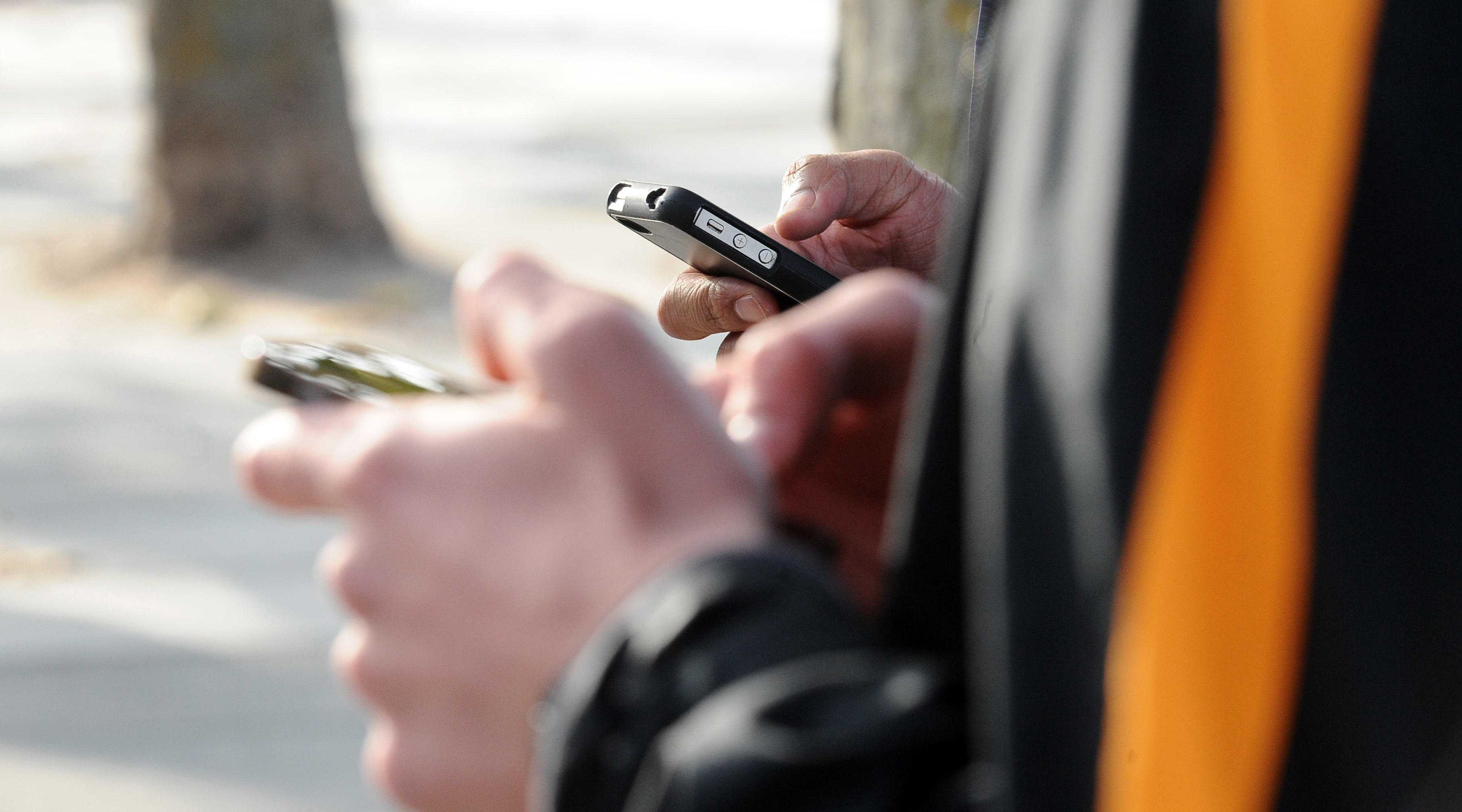
MORE than 19.6 million people across the UK regularly used banking apps in 2016, with 159 logins typically taking place every second, a report has found.
The number of people regularly using banking apps increased from 17.6 million in 2015, according to an industry-wide report by the British Bankers’ Association (BBA) and EY.
The figures mean around two in every five UK adults were regularly logging into banking apps last year.
There were 4.9 billion banking app logins in 2016, increasing by 34% over the year.
Banking app transactions increased by 57% over 2016, with 932 million recorded last year. Around 30 banking app transactions took place every second in 2016.
Over the past five years, customers’ activity on banking apps to access current accounts has surged by 354%.
Apps can now turn people’s mobiles into “portable banks”, the report said.
Customers are using banking apps to do more than just check their account balance, with significant growth in 2016 in customer numbers using apps to manage their savings, credit cards and mortgage or investment accounts.
Advances in technology mean people can now use their mobile to pay in cheques, take part in live video chats and receive text alerts about their balance.
A record 4.4 million customer-to-bank webchats took place in 2016 – equating to 510 every hour. This was an increase of 24% on 2015.
Over 434 million text alerts were sent out to customers in 2016 to help them track their spending and keep up-to-date with their bank balance, marking an 18% increase on the previous year. This equated to 14 texts each second being sent out in 2016.
The report, titled An app-etite for banking, was released to coincide with the BBA’s annual retail banking conference in London on Thursday.
Eric Leenders, BBA managing director, retail and commercial banking, said: “Customers’ appetite for using technology to manage their money on the move is showing no signs of abating.”
Dan Cooper, EY UK banking and capital markets lead partner, said: “This latest report highlights how customers are increasingly using digital banking, which in turn is driving innovation.”

Enjoy the convenience of having The Sunday Post delivered as a digital ePaper straight to your smartphone, tablet or computer.
Subscribe for only £5.49 a month and enjoy all the benefits of the printed paper as a digital replica.
Subscribe